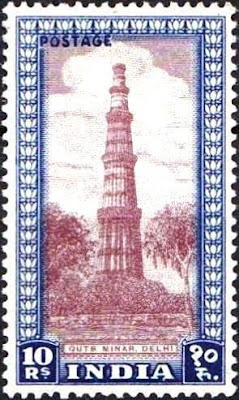World Ballet Day is an annual event that celebrates and promotes the art of ballet. It typically takes place on the first Thursday of October each year. The event was first established in 2014 by five of the world's leading ballet companies: The Royal Ballet in London, The Australian Ballet, The Bolshoi Ballet in Moscow, The National Ballet of Canada, and San Francisco Ballet. These companies came together to livestream a day of behind-the-scenes footage, rehearsals, and interviews, allowing audiences worldwide to get a glimpse into the world of professional ballet.
Since its inception, World Ballet Day has grown in popularity and participation, with more ballet companies from around the world joining in. The event provides a unique opportunity for ballet enthusiasts, students, and the general public to gain insights into the rigorous training, dedication, and artistry involved in ballet. It also helps to raise awareness and appreciation for this classical dance form.
During World Ballet Day, viewers can watch live and recorded footage on various social media platforms and the websites of participating ballet companies. The content often includes glimpses of daily routines, rehearsals, conversations with dancers and choreographers, and performances. It serves as a way to connect the global ballet community and showcase the beauty and athleticism of this art form to a wider audience.










